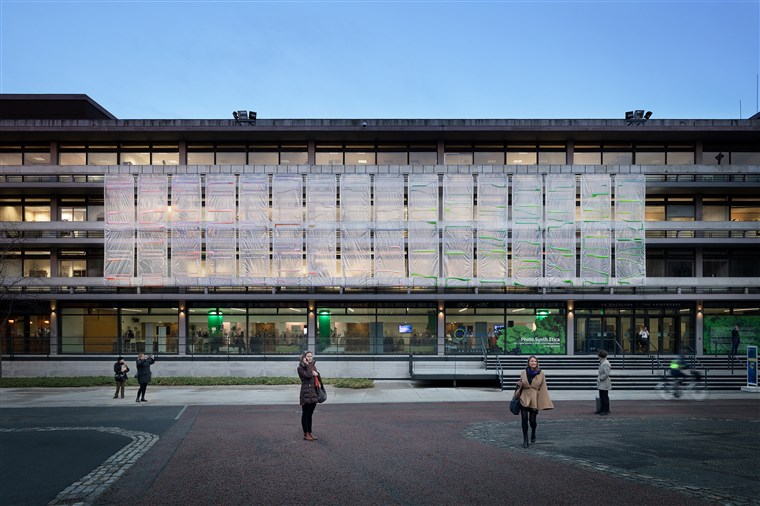

The Government has recently announced £12bn in new green investment and a 10-point plan, which sets out to achieve a Green Industrial Revolution and Net Zero by 2050. Net Zero or zero carbon emission is a bold but necessary ambition for us all if we are going to safeguard our environment for the benefit of future generations.
The ambitious plan includes new investment for green jobs in off-shore, nuclear and hydrogen power generation, and low CO2 heat pumps in domestic and public buildings. The new investment in carbon capture technology will also remove 10m/t of CO2 from the UK environment every year up to 2030.
Even with the measures set out by the Government, achieving Net Zero remains an unimaginable goal. Given the sheer scale of the reductions required and our own daily lives, which sees every one of us making lifestyle and consumption choices that cost the environment dearly.
Although the challenge seems unimaginable currently, the Covid crisis has allowed us to reconsider our daily commute to work. It has given us time to re-evaluate the detrimental impacts of our daily lives on the environment.
Learning to live with Covid, and the ‘new normal’ as termed, will see more of us balance more home working, attending the office on a less regular basis. Opening opportunities for consolidation in the commercial office footprint across the UK. As and when the implications of social distancing rules and new trends in office attendances become established.
Clever technology has an important role to play in achieving Net Zero and, in particular, sensing technology. Data from my organization (Freespace), established over many years, has shown that organizations can better utilize their space and better align it with the needs and wants of users by using occupancy sensors throughout the workplace. Using occupancy sensors typically delivers our clients a 20% space-saving opportunity across the national and global real estate.
There is over 354m sqft of office space across the UK, with a small fraction of that ‘sensor technology’ enabled. If property owners, landlords, and occupiers invested in sensor technology, there is a >25m sqft space-saving opportunity equivalent to an >£4bn annual cost saving to UK businesses.
Based on data produced by the Chartered Institution of Building Services Engineers, every 1,000sqft of office space used is equivalent to a carbon footprint of 91t C02 per annum. If the sensor technology was applied across all workplaces in the UK, over 2.4m tonnes of C02 could be saved annually.
That represents nearly 25% of the Government’s own carbon capture target and is equivalent to almost 1% of the total carbon footprint of the entire UK.
What’s more, sensors can now record a whole host of environmental conditions across the workplace. These include C02 and air quality (particulate and volatile organic compounds). Helping organizations safeguard the health and wellbeing of their people.
Better air quality in the office reduces the likelihood workplace viruses and bugs will transmission, in turn, reduces unnecessary casual sicknesses and helps the UK economy to be more productive and competitive on the global stage.
So the Government has missed a trick in not including green office technology in their plans to achieve Net-Zero. Perhaps it’s time for them to consider offering ‘green technology loans’ to businesses who occupy offices to allow them to invest in sensing technologies on a spend to save basis.
Sensing technology is here and now. Technology has an important role to play. The Green Industrial Revolution has to start here and now, and it begins in the workplace.


